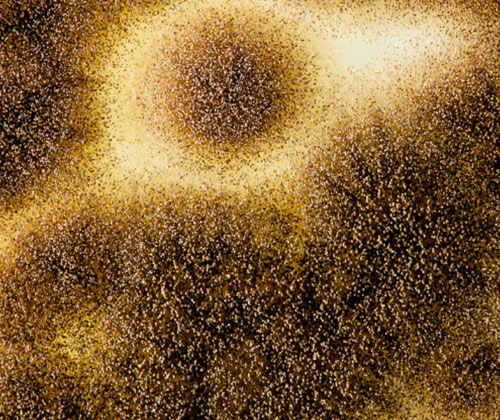Mold has existed for millions of years. Mold is everywhere, in the air and on surfaces, indoors and outdoors. If you discover your home is moldy, you need to know the kind of mold you are dealing with by conducting a mold inspection. There are toxic molds, and there are others considered a mere inconvenience, and it is essential to know the differences.
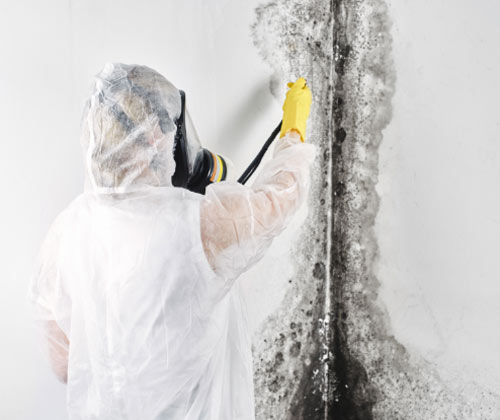
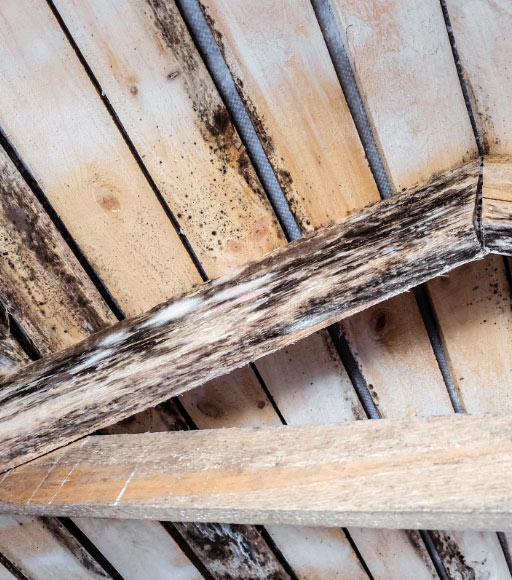
Strachybotrys
Strachybotrys is a very dangerous fungus or ‘black mold.’ In this genus, when the molds are disturbed, they can cause various infections. Mold is fond of materials that have been damp for a long duration, and contain cellulose. These include elements like wood, ceiling tiles, gypsum, or cardboard. This genus of mold causes illnesses in young babies. People with weak immune systems, the elderly or the very young are the most likely to fall ill after inhaling this mold species. Some symptoms that manifest after coming into contact with strachybotrys include but not restricted to:
- Sinus and nasal congestion
- Respiratory problems
- Sore throats
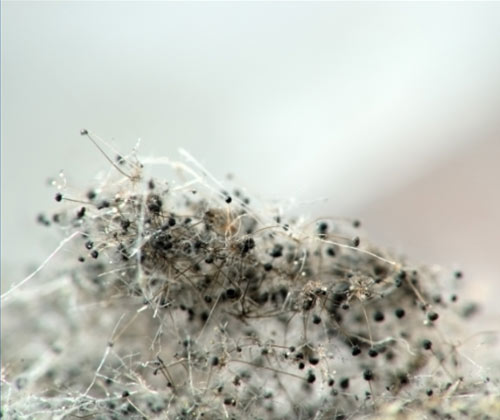
Cladosporium
Cladosporium mold species occurs in several colors. It could be either brown, green-black or gray and comprises of almost forty species. It can grow in carpets, wood, wallpapers, and on most damp, but organic materials. Extreme cases of this genus of mold may give rise to emphysema or pulmonary edema.
Penicillium
The Penicillum genus has nearly 200 species known to man, and they are found in either soil or the air. They can cause food and other items to go bad, and the presence of these molds is a clear indication of high environmental moisture content. Where found indoors, it is on damp surfaces like wallpapers, walls, carpets, and floors. Their colors vary between white, yellow, and blue. They cause such illnesses as asthma, nail fungus, and infections of the kidneys, lungs, and liver.
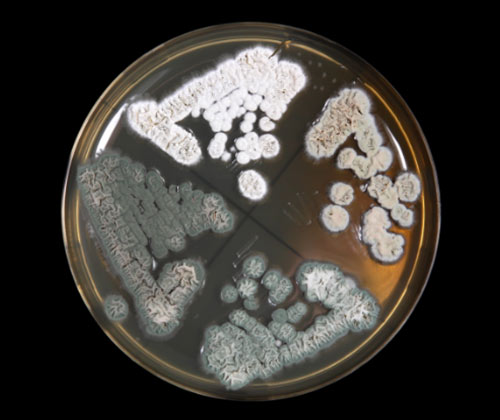
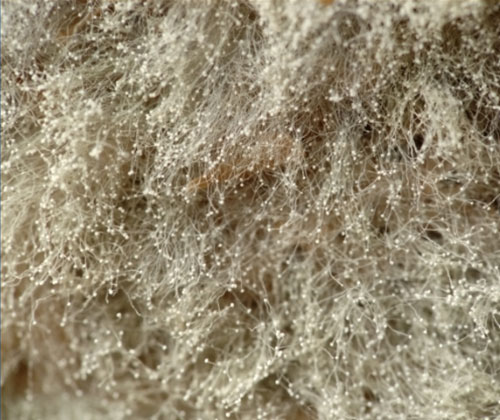
Fusarium
Fusarium mold can grow at low temperatures. It mostly grows on water-damaged fabrics and carpets. It is orange in color, and if present for a long time, it can bring on asthmatic attacks, low critical allergic reactions, and otheracute respiratory illnesses. Fusarium mold causes some forms of gastrointestinal ailments and causes some diseases, which damage the female reproductive system.
Aspergillus
Aspergillus is the least dangerous mold in this list of hazardous molds. The Aspergillus genus comprises nearly 200 species of mold. Out of these 200, 16 of them can cause diseases, but are not fatal to humans. The mold, found indoors, is yellow-greenish in color. Ignoring the mold, however, can cause respiratory tract infections or lung inflammation. As these molds spread, they produce some chemicals that are toxins. For more information about our mold inspection services, call Iris Environmental Laboratories at (877) 540-8562 or email us at support@irislaboratories.com.
